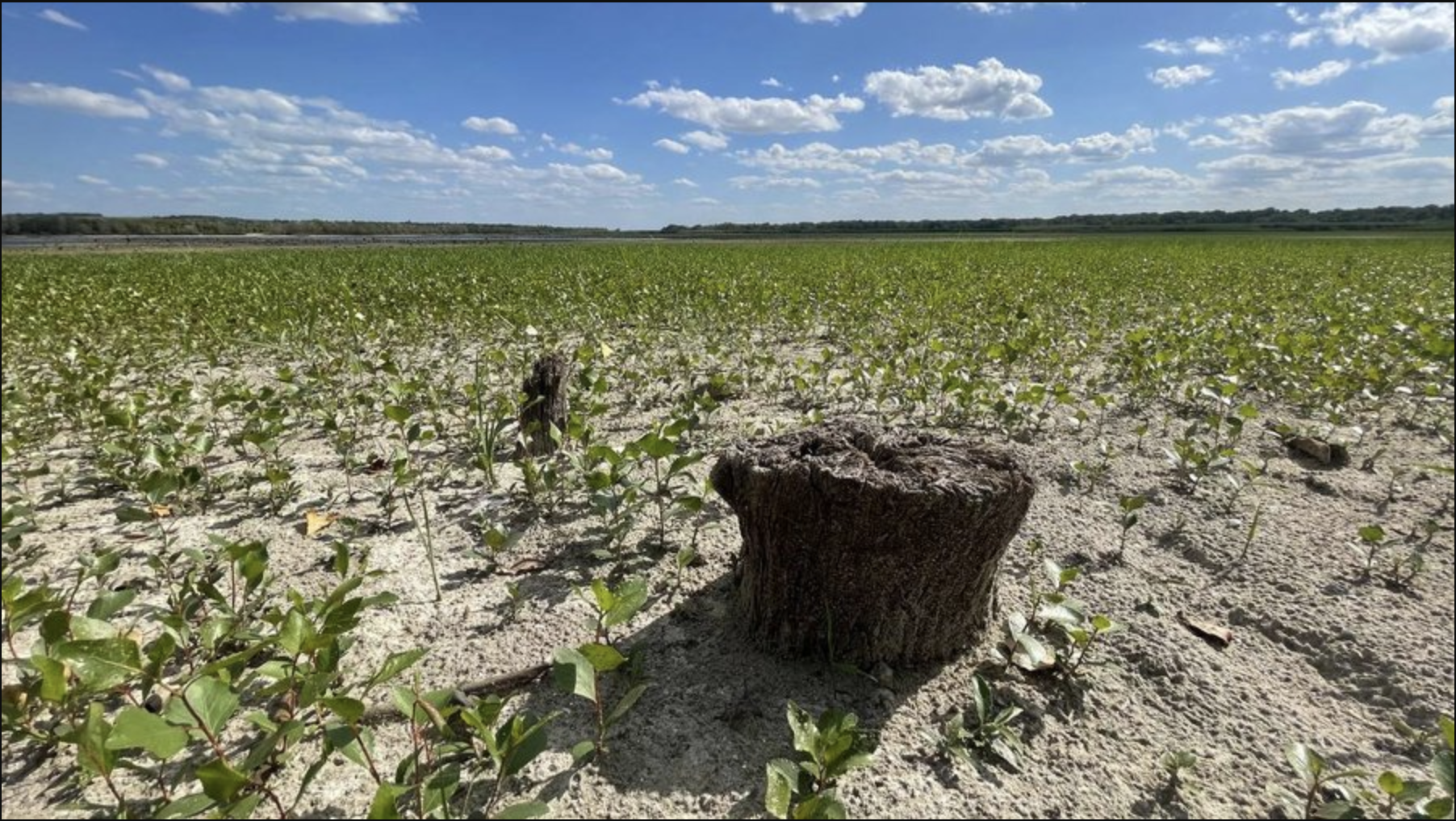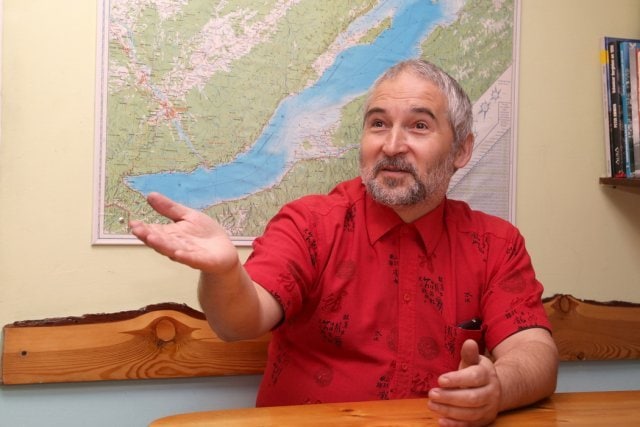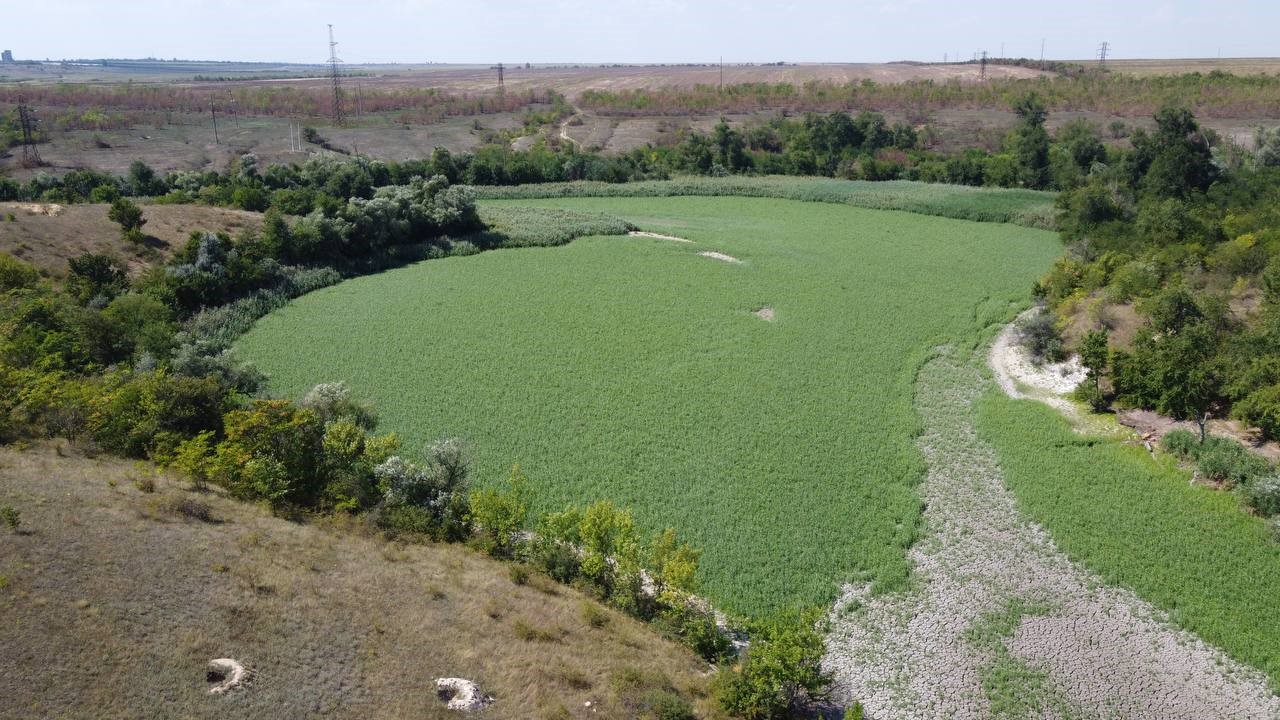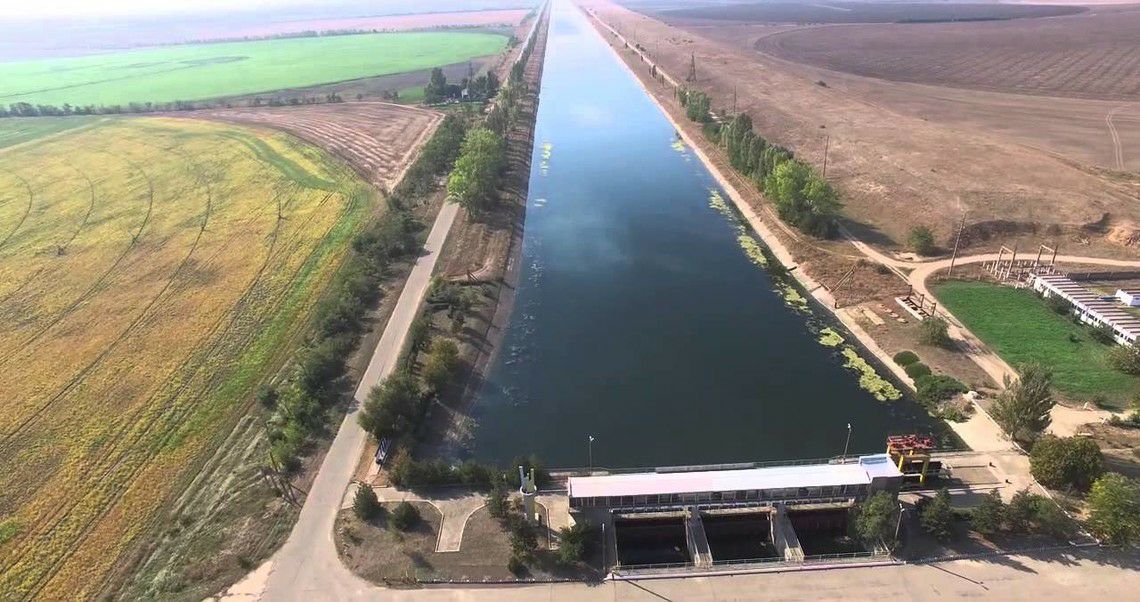Alexei Ovchinnikov
Each month, the UWEC editorial team shares highlights of recent media coverage and analysis of the Ukraine war’s environmental consequences with our readers. As always, we welcome reader feedback, which you can give by commenting on the website, emailing us (editor@uwecworkgroup.info), or contacting us via social networks.
Mechanism to protect nature in wartime
On 1-3 July, a summer school on the topic of environmental protection in wartime took place in Lviv Oblast. Participants considered both the direct and indirect impacts of war on Ukraine’s environment, including increased difficulties in environmental protection in areas not directly affected by military action. One example is the ongoing struggle to preserve the Svydovets mountain range, an area that remains threatened by proposed construction of a tourist complex. Summer school participants also discussed plans to build wind power plants in the Borzhava Polonyna area in the Carpathian Mountains and a part of Europe’s Emerald Network.
Professor of Kherson University and Corresponding Member of the National Academy of Sciences of Ukraine Oleksandr Khodosovtsev spoke about the work of Kamyanska Sich National Park during the war. The scientist noted that this protected area’s ecosystems were significantly damaged as a result of military action, shelling, and the resulting fires. Many rare plants growing in Kamyanska Sich now face extinction. EPL legal adviser Anatoliy Pavelko described for participants the war’s consequences for forests, primarily focusing on the issue of forest fires and their negative impact on forest ecosystems. As the expert noted, it is only possible to assess the consequences of Russia’s full-scale military invasion on Ukraine’s forests if a unified monitoring system is established and local community (hromada) representatives are actively involved in monitoring. It is also important to develop remote monitoring of areas currently under occupation.
Event participants also discussed the war’s consequences for aquatic ecosystems, primarily as a result of the destruction of waterwork infrastructure. In addition to monitoring the consequences for large waterworks on the Dnipro River, the basin of which changed dramatically after the dam at Kakhovka hydropower plant was sabotaged, smaller rivers, where flow changes and the impacts resulting from destruction of waterworks have occurred, must also be monitored. The Irpin River located in Kyiv’s suburbs is a good example. Ukraine used explosives to destroy the river’s dam at the beginning of the full-scale invasion in order to halt Russia’s offensive on the capital.
Read more:
Important topics, such as ecocide and Ukraine’s “green” restoration, were also discussed at the summer school. EPL’s legal adviser Solomiya Baran noted the current wording in Article 441 of Ukraine’s Criminal Code – “Ecocide” – needs revision in order to facilitate prosecution of crimes against nature, including military crimes. EPL has previously developed seven criteria that can be used to determine whether or not a crime can be recognized as ecocide. The organization continues to work on developing a “gold standard” to simplify investigation of ecocide cases, including at the international level.
Read more:
The agenda also included approaches to evaluating environmental impacts during military activity and in the context of the country’s restoration. Experts noted that restoration that fails to meet a “green standard” can lead to more catastrophic consequences than the initial destruction that occurred during active military operations.
Anna Kuzemko, senior researcher at the Institute of Botany of the National Academy of Sciences of Ukraine noted: “On the one hand, Ukraine professes support for the European Green Deal, while on the other hand, its wildlife is being mercilessly destroyed, as if we are not the masters of our land. The most resonant environmental issues being raised today are the questions of reconstruction of the Kakhovka dam and reservoir versus restoration of Velyky Luh (Great Meadow), development of a resort at Svydovets versus preservation of alpine ecosystems unique to Ukraine, flooding the granite-steppe landscape in the Buh River watershed with waters from Aleksandrivske Reservoir, preserving Gard Island (home to unique historical artifacts from the Cossack era), and many others. All of these issues are tricky challenges for our government and civil society. We must decide how to move—forward, towards European values, or back, to the Soviet colonial past. I believe that the right choice will be made when it comes to the environment!”
Environmental consequences of the attack on Kremenchuk Oil Refinery: joint research
Together with Ukrainian Archive, the international Conflict and Environment Observatory (CEOBS) published the first part of their joint investigation on the environmental consequences of attacks on Kremenchuk Oil Refinery in April – May 2022.
The plant is located on the banks of the Dnipro River in the northern part of the city of Kremenchuk in Poltava Oblast. It was built in 1961, and by 2008 was producing 30% of Ukraine’s fuel supply and there were plans afoot to modernize it in order to comply with European standards. Despite that, the plant was operating at only 25% of its capacity as of 2016.
On 2 April 2022, the plant was shelled by Russian troops, destroying at least 16 oil storage facilities, four biogas storage facilities, and an oil pipeline. The plant’s infrastructure, from the power plant to roads and administrative buildings, also suffered significant damage.
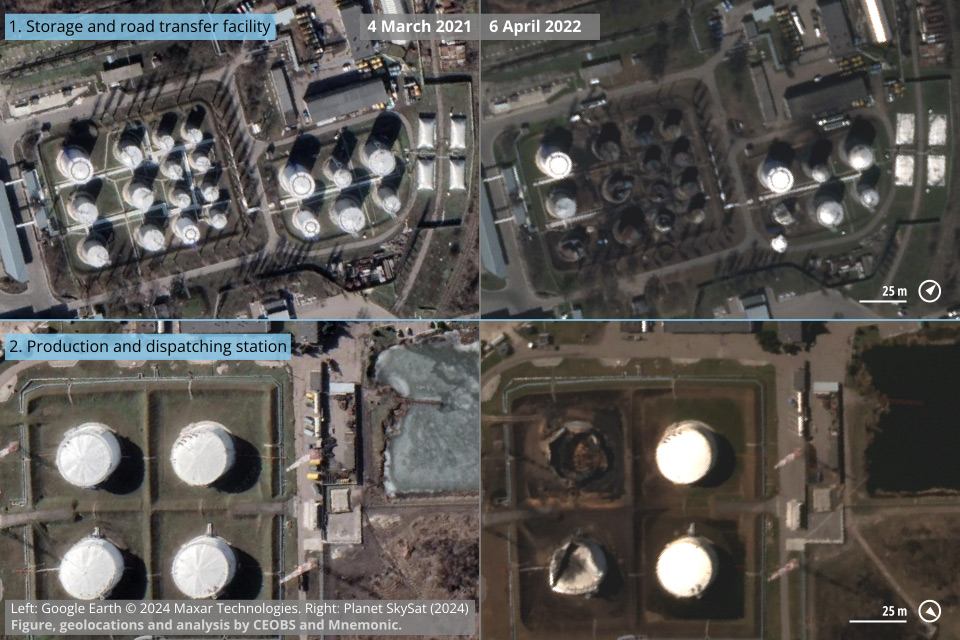
That shelling caused significant damage to the region’s environment as well. First and foremost, air, soil, and groundwater were polluted. Fire caused by the shelling resulted in a significant release of greenhouse gases.
The study also noted that the primary negative environmental impact was caused by a large smoke plume. Although no precise analysis of the plume’s composition exists, comparison of this disaster with similar ones where measurements could be made allows researchers to anticipate high levels of fine particulate matter (PM), nitrogen oxides (NOx), nitrous acid (HONO), carbon monoxide (CO), sulfur dioxide (SO2), and volatile organic compounds such as formaldehyde and potentially dioxins, furans, hydrocarbons, and polycyclic aromatic hydrocarbons (PAHs). OSINT analysis suggests that the plumes were particularly black, indicating high levels of particulate matter and carbon monoxide, which are very harmful to human health and the climate.
Damage to the substation also suggests a high probability of the presence of biphenyl (diphenyl) polychlorinate, one of the most toxic pollutants, entering the area’s soil and water. In the event of fire, these pollutants could also break down further into the more toxic chemicals dibenzofuran and dibenzodioxin.
All of these factors led to an environmental disaster, the consequences of which were extremely negative not only for the residents of Kremenchug and nearby settlements, but also for local ecosystems that already suffer due to their proximity to these industrial facilities. At the same time, this area contains, for example, the regional landscape park Kremenchutski Plavni and Shyroka Balka Landscape Reserve. Lisovi Ozera Landscape Reserve is located a little further downstream along the Dnipro River. The plume from the plant could also lead to pollution of regional protected areas Keleberdyansky and Dovhorukovsky reserves.
This above is a single complex example of the catastrophic environmental consequences of Russia’s military invasion of Ukraine. More examples are tracked using an interactive map developed by CEOBS experts.
Documenting and investigating the environmental consequences of war is not only important for obtaining reparations. As CEOBS experts note, crimes against nature resulting from military conflicts are still not internationally considered in the proper fora and they remain unpunished. That said, after the war in Vietnam, the issue of ecocide and environmental protection began to be considered in international law. Perhaps the war in Ukraine will finally lead to crimes against the environment being properly considered and punishments for those who committed them.
Ukraine’s “green” recovery enables the nation to reduce negative climate consequences of the full-scale invasion
Ministry of Environmental Protection and Natural Resources of Ukraine wrote in its 17 July Ecozagroza newsletter of an online meeting that was held with representatives of international organizations dedicated to discussing the Do No Significant Harm (DNSH) principle within the framework of Ukraine’s potential recovery. The meeting was attended by representatives of non-governmental organizations, as well as the governments of Ukraine, Croatia, and Austria.
As Deputy Minister of Environment and Natural Resources of Ukraine Serhiy Vlasenko noted at that meeting, the DNSH principle “aims to ensure that all our actions and projects implemented within the framework of climate policy avoid negative impacts on the environment, biodiversity, and human health. This approach is critically important in current conditions, when Ukraine is going through difficult times due to the Russian war.” Government representatives also emphasized that compliance with European Union requirements and further development of climate policy measures is an important condition for Ukraine’s accession to the EU.
During the meeting Deputy Minister of Environment and Natural Resources of Ukraine Serhiy Vlasenko noted that the DNSH principle “aims to ensure that all our actions and projects implemented within the framework of climate policy do not have a negative impact on the environment, biodiversity and human health. This is critically important in current conditions, when Ukraine is going through difficult times due to the Russian war.” Government representatives also emphasized that compliance with the requirements and further development of climate policy measures is an important condition for Ukraine’s accession to the European Union.
The climate impacts of Russia’s full-scale war remain at the initial analysis stage. EPL noted several key aspects in a recent climate report: greenhouse gas emissions from fires accompanied by the destruction of important climate ecosystems (such as forests); CO2 emissions from military equipment; pollution of water resources through the destruction of industrial facilities; destruction of renewable energy infrastructure that leads to increased use of electricity and heat generation produced using fossil fuels.
However, even greater greenhouse gas emissions can be expected during Ukraine’s post-war reconstruction, when new infrastructure is built and energy independence is developed. It is important that the reconstruction phase is, at a minimum, based on the Do No Significant Harm principle that has been supported by government representatives. This means developing a just transition and focusing on a more sustainable energy system. Local communities and non-governmental organizations should play an important role in this process. They are already doing this work today, as the war goes on. For example, Ukrainian organization Ecoaction continues to work with community activists, to implement projects for a just transition in coal-mining regions that suffered significantly as a result of the invasion (especially in the Donetsk and Luhansk regions).
The shared work of NGOs and communities will lead Ukraine to a “green” and fair future, and ensure that the country’s restoration is environmentally-friendly.
Translated by Jennifer Castner
Main illustration source: Suspilne

